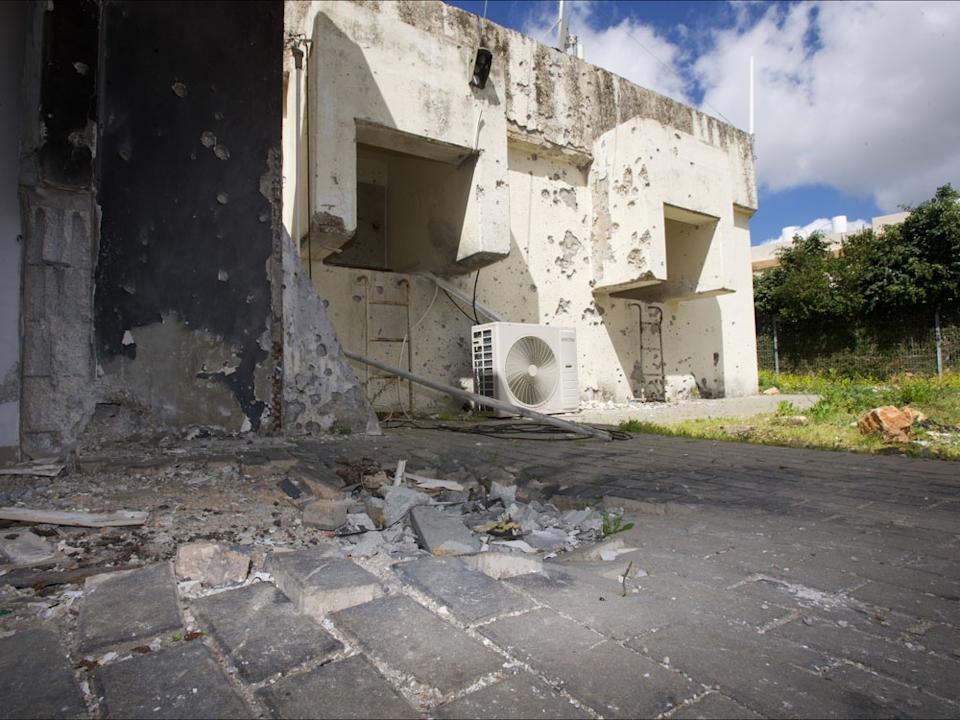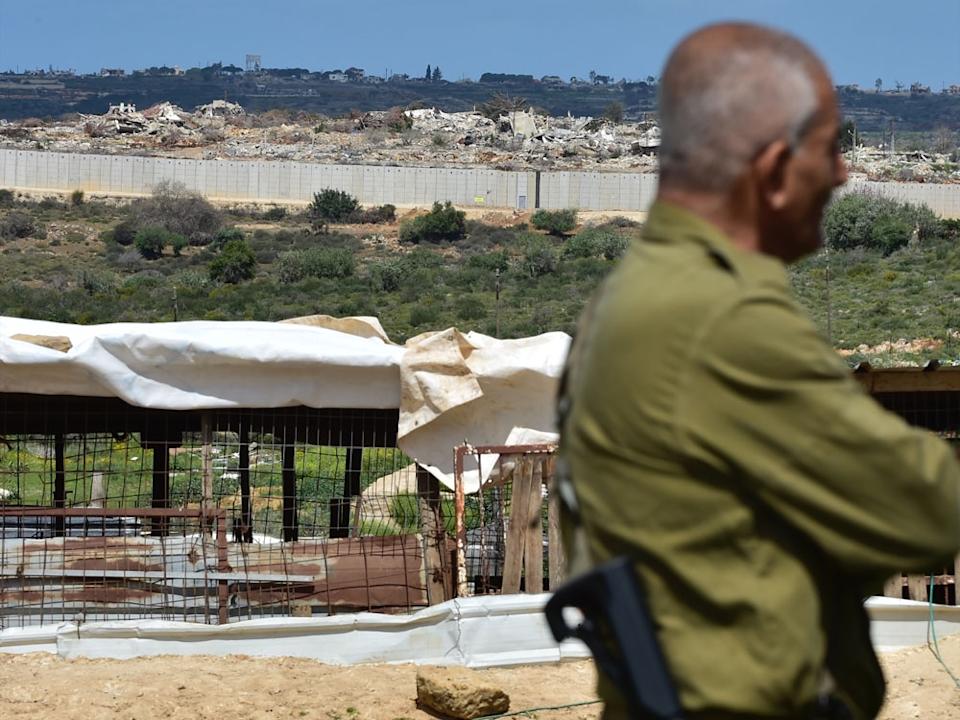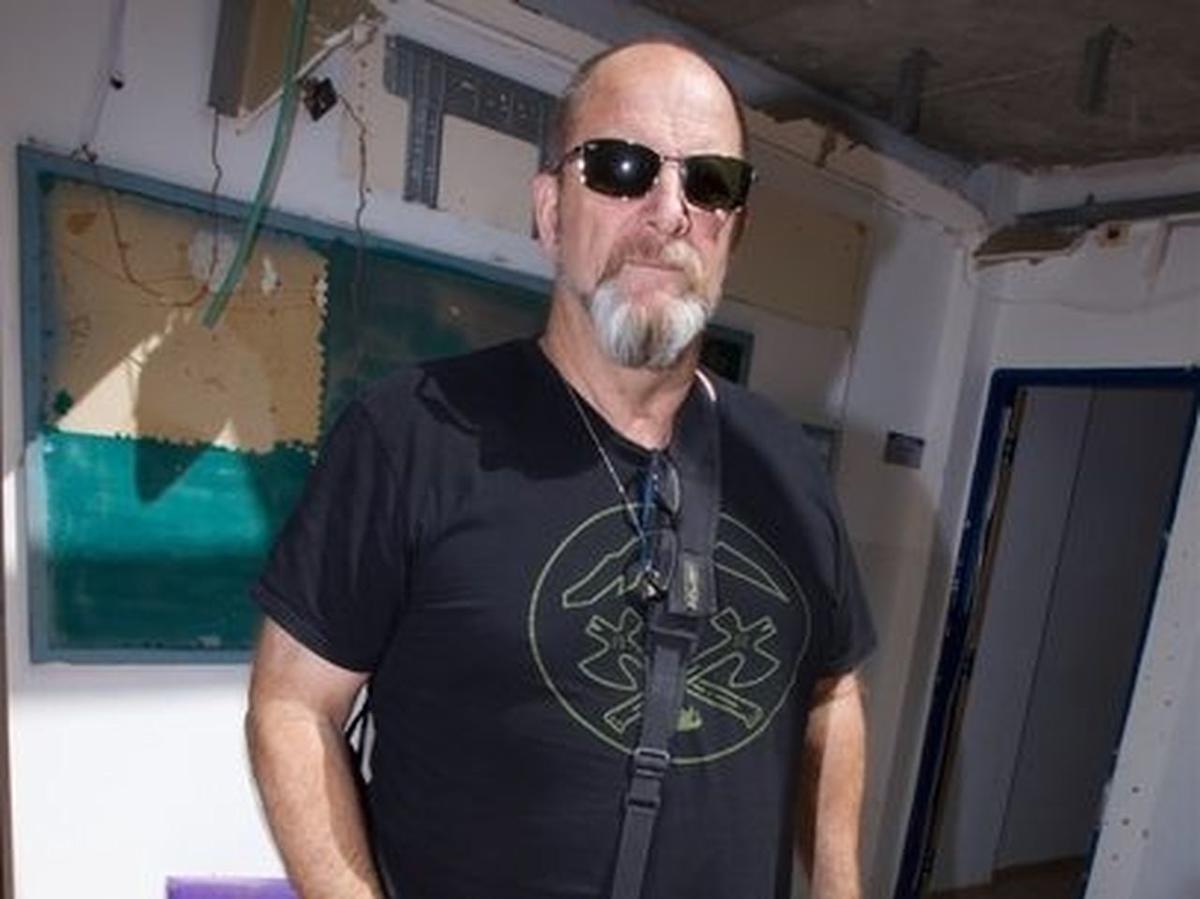WESTERN GALILEE — It’s only now that life’s starting to return to normal in Arab al-Aramshe.
Evacuated shortly after Hezbollah began their war against Israel — one day after the Hamas Oct. 7 terror attacks — the small village on the Israeli-Lebanese border is no stranger to Lebanese terror arracks.
Houses on the high ground along the town’s northern edge still bear the scars and bullet holes from these attacks, and many roads are still impassable.
Arab Al-Aramshe is a Bedouin village, one of 32 communities in the Mateh Asher Regional Council, consisting of kibbutzim and Israeli Arab communities.
“We hope we’re finished with the situation with Hezbollah,” said council head Moshe Davidovich, noting the IDF still maintain a presence along the Lebanese border.
Renovations and repairs are under way as Arab al-Aramshe begins reopening to residents, Davidovich said.
He said he hopes schools will be able to re-open by June.


Damage caused by a Hezbollah mortar attack on the community centre in Arab al-Aramshe, in northern Israel, on Thursday, March 20, 2025. (Bryan Passifiume/Postmedia Network)
Along a ridge just beyond the town’s northern edge lies the beige-grey fence marking the border between Israel and Lebanon.
Visible just past this fence are clutches of ruined homes and buildings — destroyed by Israel to deny Hezbollah convenient venues for attacks, and part of efforts push the terrorists north past the Litani River, about 15 km north.
Two weeks ago, a Hezbollah bullet struck and killed a cow in an adjacent village.
IDF soldiers and civilian security forces used the town as an outpost after the townspeople were evacuated.
Disaster struck last April when the village’s community centre came under Hezbollah attack — two anti-tank missiles and an explosive-laden drone killed 14 soldiers and four civilians.


Damage and crater left by a Hezbollah drone attack at the community centre in Arab al-Aramshe, in northern Israel, on Thursday, March 20, 2025. (Bryan Passifiume/Postmedia Network)
While security forces managed to shoot down two of the drones, a third — according to Ishai Efroni, the regional council’s security director — landed intact on the community centre’s roof with its motors still running, but soon fell to the ground where it exploded, next to the building’s armoured shelter and leaving a large crater.
When I was in northern Israel last May, the IDF were actively jamming GPS, spoofing radio location signals to make phones, maps and belligerent drones think they’re in the centre of Beirut’s airport.
That ended earlier this year.
Also inhabiting Israel’s north are the Druze — a sect of Shia Islam and, since Oct. 7, an important part of Israel’s response to Palestinian terrorism.
There are around 150,000 Druze living in Israel, but their numbers in Lebanon and Syria rank much higher.
Druze proudly proclaim themselves Israeli citizens, with many serving in both politics and the military.


Destroyed buildings just across the border in Lebanon as seen from Arab al-Aramshe, in northern Israel, on Thursday, March 20, 2025.
“In the 70 years since the establishment of the State of Israel, you can see the contributions of the Druze in all aspects (of Israeli society,) mainly in security and defence,” said Dr. Alaa Abu-Rukun, a retired IDF brigadier-general and an Israeli Druze.
“Part of our DNA are being warriors, and we were naturally integrated into the IDF as warriors — today you can see generals in various positions, some very sensitive positions.”
He said the Druze are happy with their place in Israel because they’re allowed to practice their faith without interference.
“There are still many challenges, but in all dimensions we are proud to be integrated and are very proud to be part of Israeli society,” he said.
The Druze are overseen by their spiritual leader, Sheikh Mowafaq Tarif, from the northern Israeli town of Julis.
When asked what he hopes for in the future, Abu-Rukun didn’t hesitate.
“We want peace, we dream for peace,” he said.
“I think every Israeli dreams of peace. This is what we want, and what we expect.”
